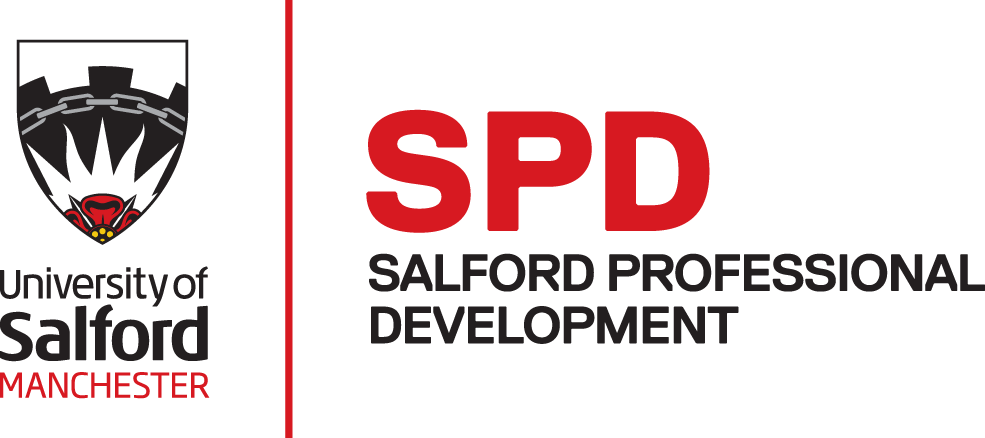How to Handle Conflict in the Workplace
The Importance of Conflict Resolution in the Workplace
In the workplace, it is not uncommon to encounter disagreements and conflicts, with approximately 38% of employees in the UK reporting interpersonal conflicts at work each year. These conflicts often arise from differing perspectives and objectives within diverse teams. The ability of managers to navigate these situations through conflict resolution and resolution training is crucial. Leaders who communicate effectively and manage conflicts can ensure the smooth operation of the business while maintaining high morale among employees.
In this blog, we’ll highlight the key workplace skills leaders need when handling conflict in the workplace—identifying the cause of conflict, creating strategies to resolve it, and preventing future issues.
Communicate Effectively
Establishing an open line of communication between leaders and staff is essential for preventing conflicts in the workplace. Effective communication strengthens relationships and can take many forms. One way is by managers providing regular feedback to employees, keeping them informed, recognizing their efforts, and pointing out areas for improvement, thus reducing the chances of conflicts. Additionally, regular team meetings foster open communication and provide a platform for team members to share opinions and feedback, promoting collaboration. By creating an environment where staff feel comfortable asking questions and sharing input, the likelihood of disagreements is minimized. Embracing a culture where open communication is encouraged helps prevent conflicts and fosters understanding and harmony.
Active Listening
An important part of conflict resolution for leaders is active listening. This technique, often used in resolution training, requires the listener to fully engage with the speaker by summarizing and reflecting on what has been communicated. Active listening prevents conflicts from escalating and helps build empathy among those involved. Leaders who practice this communication skill can effectively manage conflicts and build stronger relationships within their teams, contributing to a more positive work environment.
Admission of Mistakes
When conflict arises, a crucial step toward resolution is for all parties to admit any mistakes or shortcomings. Taking responsibility is not only an act of honesty but also demonstrates leadership and sets a good example. Team members are more likely to respect leaders and colleagues who show self-awareness and acknowledge when they've made errors. Offering a sincere apology helps to rebuild trust and resolve the issue, allowing both parties to move forward.
Looking to the Future
To prevent future conflicts, it's important to create an action plan that addresses the root causes. Leaders can facilitate discussions among the involved parties to identify steps to resolve the issue and minimize the risk of recurrence. This forward-thinking approach ensures long-term conflict management and promotes a harmonious workplace.
As a leader, understanding how to handle conflict is essential since disagreements can arise at any time. By implementing strategies such as resolution training, active listening, and ensuring that employees feel respected and heard, leaders can minimize serious conflicts and create a positive and collaborative working environment.
